Road test originally published in Road & Track Sports & GT Cars 1998
“It is one thing to show a man that he is in error, and another to put him in possession of the truth.” – John Locke, Essay Concerning Human Understanding, 1690
The Big Lie: Front-wheel drive is better for handling because it pulls you around corners. It’s an appealing vision, the road-hugging weight of the engine pressing down and those front tires digging in, manfully telling the car, “That-a-way!” while casually tossing off pebblettes and looking back to watch the rest of the car follow along. Yessir, that’s my front-drive car.
Within a generation the ancient and honorable front-engine/rear-drive system was swept away, replaced by front drivers from all over the globe. From Cadillac to Kia, front-wheel drive is the norm.
But it was not for “handling,” at least in the sports-car sense, that the change was made. It was for packaging. The fuel crisis of the 1970s decreed the end of space-wasteful automobiles, and packaging the whole drivetrain at the front of the car allowed a number of efficiencies that led to improved fuel economy for a given-size automobile. Small cars, such as the Honda Civic, Accord and even the original Prelude, benefited most. For general purposes, front-wheel drive was great, but anyone who tried to hustle a front driver around a corner learned its limitations. Extracting handling from one was a balancing act of reducing reader-end adhesion until it matched the overworked fronts, or tripping the car around the corner by dragging its inside front brake, á la Cadillac.
Cadillac’s ABS-related StabiliTrak system works, but it slows the car. And that’s no fun. The Honda Prelude Type SH, however, takes a more positive approach to cornering. It speeds up the outside front wheel to, well, help pull the car around the corner. Called the Active Torque Transfer System (ATTS), it’s contained in an aluminum casting small enough to fit in a medium-size coffee can. Packed with a pair of computer -controlled wet clutches and a planetary gear set, ATTS fits between the transmission and the left half shaft. Based on the steering angle, lateral g’s and yaw readings received by the controller, the clutch on the outside wheel is progressively engaged. At the max, up to 80 percent of the drive torque is transmitted through the planetary gearbox to the outside wheel, spinning the outside wheel up to 15 percent faster than the inside wheel. It’s like paddling faster on one side of the canoe than the other or turning a bulldozer by varying the speed of the tracks. It’s a lot better than dragging your brakes, no?
But how well does it work on the road? Well, be patient. The Prelude Type SH is more than ATTS. Truth is, the Prelude would be pretty neat even without it, and you can save a few dollars with the “base” car. Both base and Type SH come with the same 195-bhp dohc four-cylinder engine. The 2.2-liter 16-valve engine features VTEC, Honda’s familiar system also used on the Acura NSX that varies valve timing and lift to maximize torque at low rpm and horsepower at the upper reaches of the rev range – which incidentally extends all the way up to 7,400 RPM. Different cam lobes are engaged for the lower- and high-rpm ranges, and the two intake valves have a staggered opening at lower RPM to promote gas swirl in the combustion chambers. Depending on throttle position, the system switches to the high-rpm profile at 5,000 to 5,600 rpm.
A dual-stage intake system restricts intake air to a single tract at low-rpm and middle-rpm ranges, the single providing intake velocity for better cylinder filling and combustion-chamber turbulence, but at 4800 rpm a valve flips open to a second intake tract for increased volume. Timed sequential-port fuel injection completes the intake side. Exhaust is handled by a 4-into-2-into-1 header.
Prelude long ago abandoned its McPherson struts for four-wheel double-wishbone suspension, updating it last year with stronger anchor points and altered rear anti-roll-bar and suspension geometry. The rack-and-pinion power steering is a quick 15.6:1 ratio. Instead of reducing assist in higher vehicle speed, as is commonly done, the Prelude senses effort mechanically with a torsion bar and rotary-valve assembly. The more load on the torsion bar, the greater the valve is opened, increasing assist quickly, even if the load is a rough road surface. Four-wheel disc brakes are standard, as is ABS. Front discs are ventilated and a healthy 11-in. diameter while rear discs are 10 in., and are shown off between the narrow spokes of the 16-in. wheels used on both the base Prelude and Type SH. Last year’s Bridgestone RE78 performance tires were replaced by Bridgestone All-Season rubber, a retrograde step for enthusiasts, but apparently some folks don’t want to change over to winter tires.
Last year’s design gave the Prelude a new and, especially from the front, distinctive look. Honda discovered a headlight shape that no one before seems to have thought of, trapezoidal and primarily vertical. The lens is stylishly clear but the over-and-under high and low beams are bright and even. The headlamps also revive the Euro-funky practice of placing the parking lamp in the headlight reflector. The headlamps define the front end, which otherwise has the planar contours of the Studebaker Avanti. In a world of “organic” shapes, the Prelude is refreshingly crystalline. It has a traditional long-hood, short-deck profile, but the crisply drawn notchback shape draws attention. The tail is rather bland, however, with tail lamps that could have come off anyone’s back shelf. Perhaps all the creativity went into the headlamps. The rear spoiler on the Type SH, by the way, is the only way to tell it from a standard Prelude without reading the decal.
Honda has always used the Prelude as a technology showcase – note ATTS and VTEC – and has also gone out on a limb with the Prelude’s interior styling, such as the original Prelude’s concentric tach and speedometer or the previous generation’s on wrap-around-band dash. Nothing so experimental with this Prelude. The traditional circular tachometer and speedometer with white-on-black markings are flanked by the smaller fuel and temp gauges under a fairly ordinary nacelle. The other side of the dash, however, leans away from the passenger like the NSX’s while the audio and climate controls – unfashionable slides and buttons that work just fine – reside in a downward extension in between. The standard 120-watt stereo system has a microphone in one of the rear speakers that “samples” sound in the cabin and alters the electronic signal to correct it. A bin in the center console becomes twin cupholders when the divider is slid into place, plus there is a combination double compartment/armrest.
The Prelude is a true 2+2, with fetal-position backseats that lose all legroom when the front seats are at their rearmost. What we call a crayon tray between the backseats is a nice touch. The front seats have limited – and manual – adjustment, but they’re well bolstered and covered in a grippy fabric that will keep driver and passenger in place. The driver gets additional help from a well-placed dead pedal.
Good, because the Type SH can feed G-loads from any point on the compass. Nail the brakes hard and the Prelude stops faster than a kid with a hand in the cookie jar when Mom walks in the room. The ABS allows threshold braking and gets the most out of the rubber. Pitch those low profiles into a corner and wonder where the understeer went. The ATTS is not evident in road driving, but hopping from a sans-ATTS Prelude to a Type SH shows just how much is going on in that aluminum case. Yet it feels so natural that one almost has to take it on faith that this admittedly expensive technology is worth the price. Perhaps Honda should add a light on the dash to signal when ATTS is active.
The lack of traction control means that the driver still needs to exercise some talent when powering out the corner. There is enough kick to the 2.2-liter for to send the Type SH skittering off-line when the traction limit is finally breached. With ATTS, the limits are higher, but the edge seems sharper.
The 2.2 is itself a delight to use. With twin belt-driven balance shafts, the largish four is smooth at all rpm and a bandit above 5,000. At full throttle the opening of the secondary intake tracts and the shift to the longer, higher-left cam profile happen almost simultaneously. When they do, the engine gets louder as if someone twisted the volume knob, and at a point where many engines are calling it quits, the Honda sets down its lunchbox and gets to work. Stay on it to the next redline and shift, and revs stay in the working range all the way to another shift change. Throw in some braking, a couple of curves and some soul-cleansing straights and the Type SH reveals a balance that outweighs even the impressive standard features list. It can sing, dance and write a letter to the editor at the same time.
Though there still almost two-thirds of the weight on the front axle, ATTS goes a long way toward curing the shortcomings of front-wheel drive. Combined with the Prelude Type SH, it’s a pricey solution. But then, the Prelude Type SH is no ordinary sport coupe. And that’s the Big Truth.
Photos for the original publication were by Jeff Allen.
Photos for the original publication were by Jeff Allen.The 1998 Honda Prelude was part of the fifth generation of the Honda Prelude, running from the 1997 through 2001. The 1999 model year saw a minor upgrade, including a power upgrade to 200 bhp and a slight change to the grille.






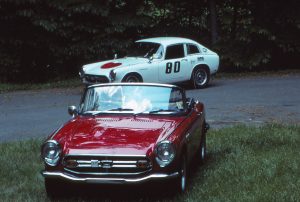
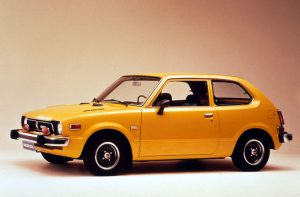

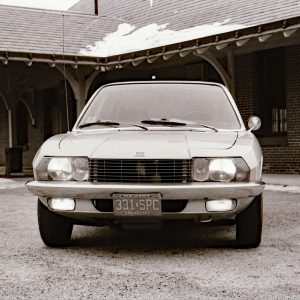

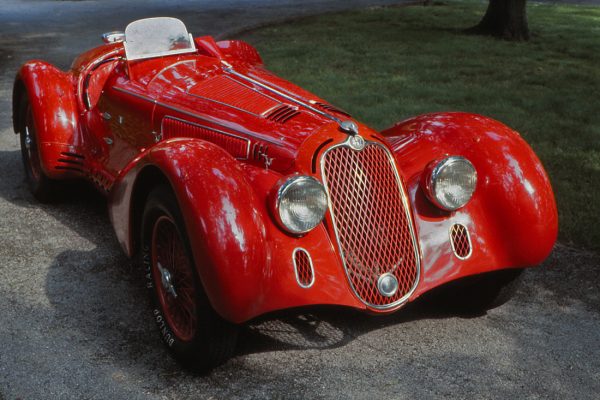
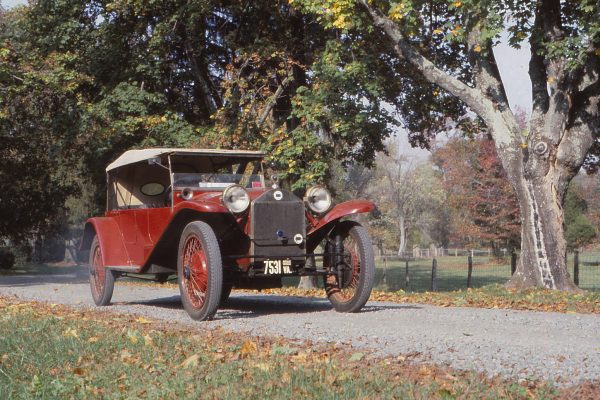
The 1998 Honda Prelude Type SH certainly lives up to its reputation as a stylish and reliable vehicle. With its sleek design and impressive performance capabilities, it’s no wonder this car still commands attention on the road today. The Type SH model, in particular, features a unique Active Torque Transfer System that enhances handling and control, making it a joy to drive. Overall, the Honda Prelude Type SH is a classic example of a car that has truly stood the test of time.